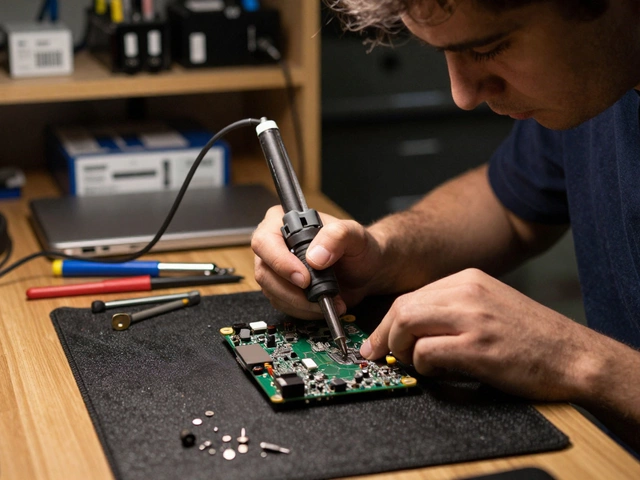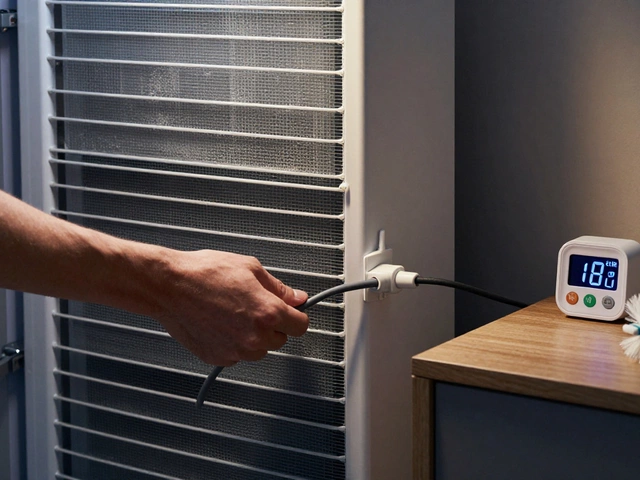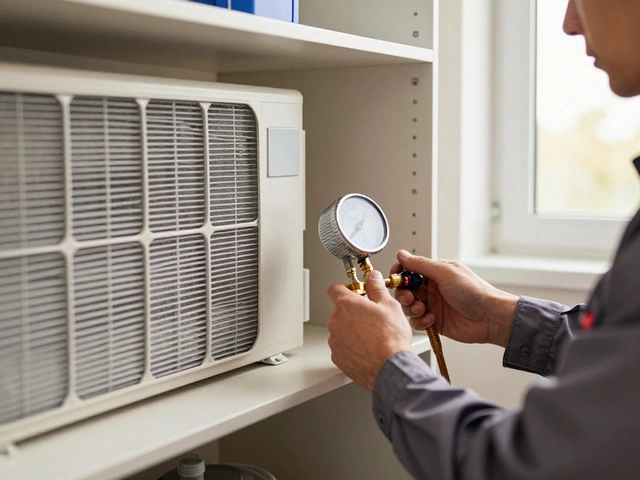Fridge Power Check: Quick Test to Keep Your Refrigerator Running Smoothly
When you start a Fridge Power Check, a simple diagnostic that measures the electricity a refrigerator uses to spot problems early. Also known as refrigerator power test, it helps you catch issues before they turn into expensive repairs. Refrigerator, a household appliance that keeps food cool using a sealed cooling system relies on a steady flow of power to run its compressor, fans, and control board. If the Compressor, the heart of the cooling cycle that pressurises refrigerant draws too much or too little electricity, you’ll notice temperature swings, noisy operation, or higher bills. The most reliable way to read that current is with a Multimeter, a handheld device that measures voltage, resistance, and current. Knowing how these three pieces fit together gives you a clear picture of what’s going right – or wrong – inside your fridge.
Why a Power Check Matters for Every Homeowner
First off, a fridge that sips power instead of gulping it is usually healthy. A typical modern refrigerator uses between 100 and 250 watts when the compressor runs, and only about 5‑10 watts in standby mode. When those numbers drift upward, it often means the compressor motor is wearing out, the door gasket is leaking cold air, or the thermostat is stuck. A quick power check lets you spot these red flags without pulling the unit apart. It also saves you from surprise utility spikes; a faulty compressor can push a monthly bill up by 30‑40 %.
Second, the test empowers you to decide when to call a pro. If your reading shows a steady 1‑2 amp draw during normal cycles, the fridge is likely fine. But if you see 4‑5 amps or the reading spikes wildly each time the compressor kicks in, you’re probably looking at a failing motor or a refrigerant leak. Those are issues that need a certified technician, but you’ll have solid data to share, which can speed up the service call and prevent a generic “we’ll check it” charge.
Third, regular checks extend appliance life. By catching a borderline compressor early, you can arrange preventive maintenance – cleaning coils, checking refrigerant lines, or replacing a weak start relay – before the motor seizes. A well‑maintained fridge can easily hit the 12‑year mark, far longer than the average 8‑year lifespan many homeowners expect.
Doing a power check is straightforward: unplug the fridge, locate the power cord’s plug, set the multimeter to AC amperage, and read the current while the fridge runs its cooling cycle. Most modern units start a cycle within 5‑10 minutes of being re‑plugged, so you can capture a live reading without waiting hours. Write down the amperage, compare it to the manufacturer’s spec (usually printed on a label inside the fridge or in the user manual), and note any deviations.
Beyond the numbers, watch the surrounding signs. If you hear the compressor humming louder than usual, feel the back of the fridge for excessive heat, or see frost build‑up on the evaporator coils, those clues line up with an abnormal power draw. Combining visual cues with the actual amperage gives you a complete diagnosis – a powerful combo that few DIY guides cover in depth.
Finally, remember safety. Always use insulated gloves, keep the area dry, and never touch the metal contacts with your bare hands while the unit is powered. If the multimeter’s leads spark or the reading jumps erratically, shut off the power immediately and consider professional help.
Armed with this knowledge, you’ll be able to run a reliable fridge power check, interpret the results, and decide the next steps with confidence. Below you’ll find a curated set of articles that walk you through troubleshooting common refrigerator issues, explain how to test specific components like the thermostat or compressor, and offer tips on when a repair makes sense versus a replacement. Dive in to get hands‑on advice that matches the level of detail you need right now.
First Check When Your Refrigerator Stops Working: Power Supply Guide
- Alden Wilder
- Oct 15 2025
- 0 Comments
Learn the single most important step to take when your fridge stops working-checking the power-plus a full troubleshooting checklist for DIY repair.
View More




